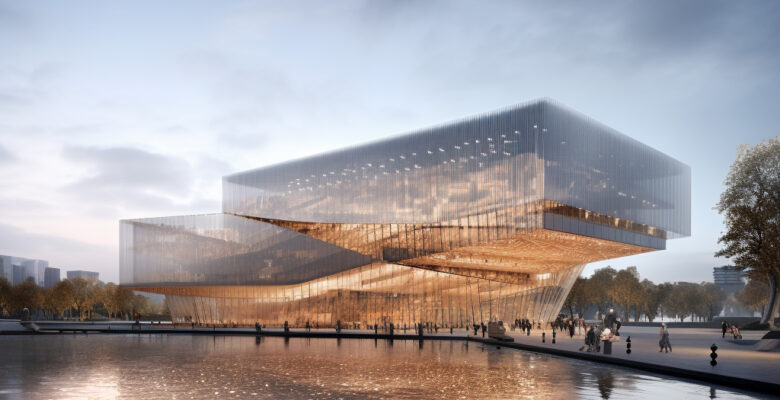Artificial Intelligence (AI) is an incredibly vague concept, describing a long lineage of technologies that seek to mimic human intellectual work. The term applies to everything from the Turing Machine to Artificial General Intelligence (AGI). For the purposes of this essay, we will discuss Generative Artificial Intelligence, or GenAI, at its current state of development. This encompasses the family of tools including ChatGPT, Midjourney, and Stable Diffusion. GenAI has reached an inflection point, unlocking a new and exciting landscape of possibilities for the field of design. New tools are enabling new workflows for visualization and iteration that expand our ability to be creative. These tools are not just allowing the same types of places to be designed differently—they’re widening the aperture for the design process itself (and the design business model) to be reimagined. For the first time ever, we can create images, videos, or models of our ideas in less than a minute simply by describing what we want in natural language. It’s not just designers that have this new superpower, either. It’s their spouse who works in public relations. It’s their client, their stakeholders, the local planning commission members. GenAI gives more people the ability to communicate their opinions visually. This article will focus on implications of democratized creativity, new workflows for design from beginner to advanced, implications for architecture, and potential research directions.
This article originally appeared in Vol 16.01 of the Perkins&Will Research Journal. CLICK HERE to see the whole article.

